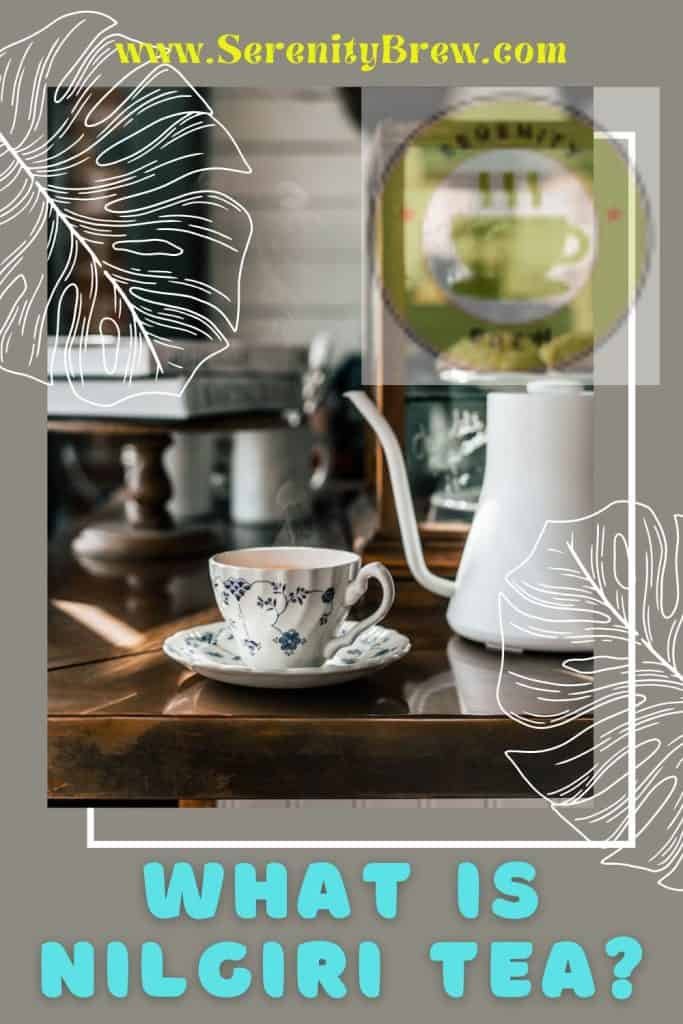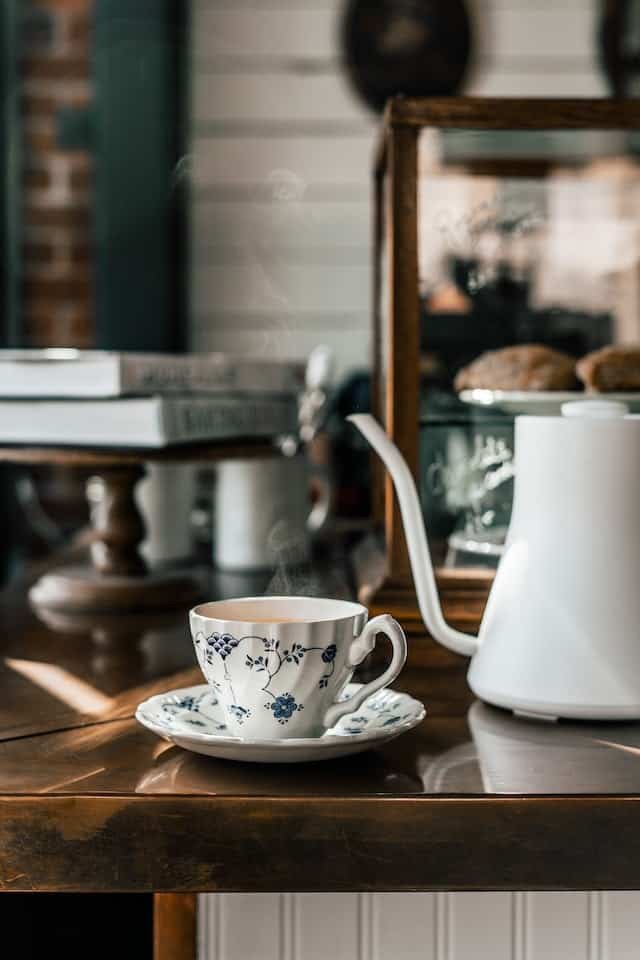
It comes from southwestern India, specifically in the mountains of the same name, also called the Blue Mountains. It is a very aromatic tea, with little astringency and delicate, its harvest occurs in the monsoons and it is collected both in the cold and dry seasons. Here you will know what Nilgiri tea is .
This black tea does not yet have much of a presence in the West, but little by little it is making its way. It is a tea with some intensity (but not that much), it has body and a pleasant texture. Regarding its aroma, several can be distinguished: mint, lemon, dried fruit, licorice, eucalyptus and lemon. It is very pleasant to the palate and refreshing.
How Nilgiri tea is produced
Nilgiri tea is cultivated in elevated areas ranging from 1,000 to 2,500 meters in elevation. In the area where it is produced, it has the right conditions (climate and terrain) for the production of its plant, Camellia sinensis.
The harvest of this tea can occur in any season of the year, unlike Assam and Darjeeling tea. Therefore, the variety of this black tea in India exceeds that of other teas. It should be noted that despite the fact that it occurs in any season of the year, the best harvest occurs between December and March. The highest category of tea degradation is the Orange Pekoe.
During these months it is dry, so the tea that is produced is usually intense and tasty, but also at a high price, which is what is exported. With the rest of the harvest, tea mixtures are made and mixed with other species, thus producing Masala chai.
The tea then goes through the oxidation process common to black teas. The leaves are evaporated and their enzymes react with oxygen, changing their color and organoleptic properties. It is in this phase where its characteristic flavor develops.
At the end of the process, the leaves are treated manually or mechanically. Those of lower quality teas follow the traditional CTC method, while the higher quality ones are manually rolled.
Nilgiri tea benefits
Nilgiri tea has a number of health-promoting compounds, including: caffeine, tannins, alkaloids, theobromine, and theophylline. The main ones are:
- Prevents aging. Its antioxidants prevent cell oxidation produced by free radicals, which are responsible for tissue damage, thus delaying the aging process.
- Facilitates digestion. Nilgiri black tea it is good when the stomach is full, because it facilitates digestion and cleanses the body. It also has tannins that serve to reduce inflammation and prevent pain in the intestines.
- Control diabetes. Its phenolic compounds help control blood glucose, making it excellent for diabetics.
- Helps lose weight. Drinking black tea regularly (for at least 3 months) helps in weight loss, because it speeds up the metabolism. It is said to be due to the action of caffeine and its high content of antioxidants, especially flavones.
- Take care of the skin. It is excellent for fighting acne and oily skin. For this, the tea is prepared and when it is lukewarm, it is applied with a cotton ball to the desired area of the skin. Let it act for a few minutes and wash.
- Protects the cardiovascular system. By containing flavonoids, it protects the cardiovascular system, thus preventing plaque from forming in the arteries.
- Prevents cancer. Thanks to catechins, cancer is prevented by attacking tumor cells.
Nilgiri tea contraindications
Contraindications include the following:
- It is not recommended that children under 12 years of age drink it.
- Neither are pregnant or in the process of breastfeeding, because it contains caffeine.
- People who are hypertensive should not consume it, because this black tea increases blood pressure due to its high caffeine content.
- People with iron deficiency should be cautious, because containing tannins reduces the absorption of this mineral.
How to make Nilgiri tea
If you are lucky enough to find loose leaf Nilgiri tea , the first thing you should do is grab a wide teapot. The leaves must open, so the space must be wide, so they easily release their essential oils.
The water should have been boiled and then turned off. Next, you add it to the teapot and for each cup of water you will add a teaspoon of tea. Let rest for about 5 minutes to release their nutrients. Keep in mind that the longer the leaves infuse, the stronger the tea will be.
And voila, you already have your Nilgiri tea . Did you see how easy it is to prepare it?
Differences with other black teas

The most similar Indian tea varieties are Assam and Darjeeling. There are many differences with respect to the Nilgiri, especially with regard to the place of cultivation. Let us remember that the Nilgiri takes place in very high lands.
- assam tea It is the one with the most intense flavor and is generally drunk for breakfast. The Nilgiri, on the other hand, is more delicate and intense. When it is served it has a copper color, little astringency and it is not so dark.
- Regarding Darjeeling tea, it is less intense than Assam tea, but its aromas are different. In the case of the Derjeeling it has a vegetal note and something fruity, the Nilgiri has touches of lemon, eucalyptus or mint.
- As for the areas where they are grown, all three have large areas, which are what give them the richness and nuances they possess.
